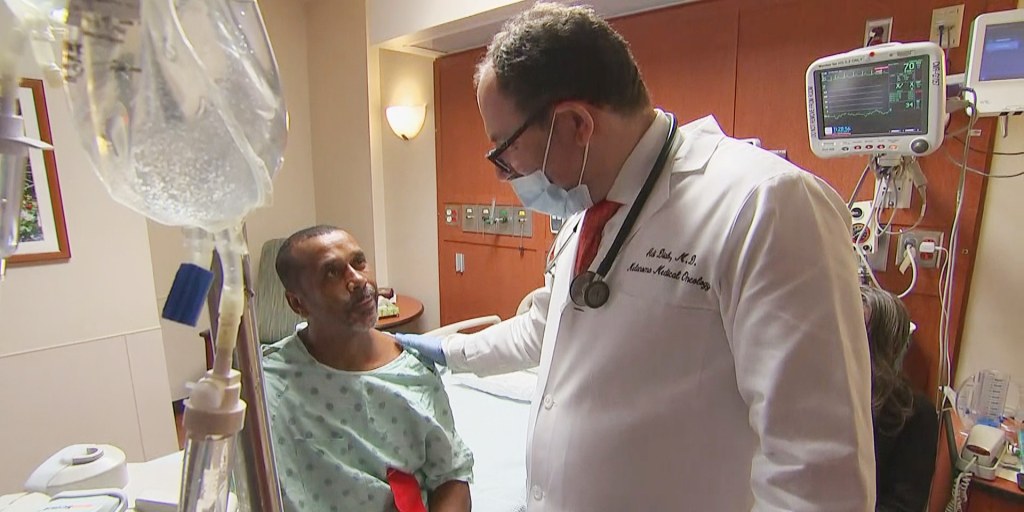IS YOUR DOCTOR MAKING POOR DIAGNOSTIC DECISIONS?
 Last night, Helen and I met with a friend we haven't seen for 40 years. Jay Russo and I were colleagues on the UCSD faculty, he in the psychology department and I in the economics department. We both studied decision making as viewed from the perspectives of our respective disciplines. Jay currently studies decisions made by physicians and the heuristics and biases that can lead to poor medical treatment. Remember the definition of the word heuristics as we look closely at the problem of misdiagnosis.
Last night, Helen and I met with a friend we haven't seen for 40 years. Jay Russo and I were colleagues on the UCSD faculty, he in the psychology department and I in the economics department. We both studied decision making as viewed from the perspectives of our respective disciplines. Jay currently studies decisions made by physicians and the heuristics and biases that can lead to poor medical treatment. Remember the definition of the word heuristics as we look closely at the problem of misdiagnosis.Heuristics: "...mental shortcuts that ease the cognitive load of making a decision."
Heuristics can be instinctive reactions, "rules of thumb", common sense, intuitive judgments, or any other expedient way of making decisions with less than complete information. Unfortunately, our tendency to allow cognitive biases to influence a decision often leads to a poor decision. Much of the time, the consequences of a poor decision are minor. When decisions are critical, such as diagnosing a medical condition, the consequences can be devastating or even fatal.
As Jay and I began our conversation, he mentioned that he had recently completed a study of 101 medical diagnoses; 86 of those decisions likely were influenced by misleading heuristics and cognitive biases. Another study in which 26 doctors verbalized the diagnostic process, only 6 clearly avoided these pitfalls.
There are literally dozens of ways heuristics can mislead and I will not list them in this brief blog. Rather I will give two illustrative examples that exemplify the problem.
1. At the height of flu season, a patient complains of difficulty breathing. The doctor listens to the chest and reviews the four primary vital signs, determines that the patient did not have an influenza vaccine, and administers the usual flu remedies. The patient eventually is diagnosed with listeria caused by eating contaminated food. The availability heuristic (not looking beyond what appears obvious) and confirmatory bias (seeking information that confirms premature conclusions rather than exploring more unlikely possibilities) unduly influenced the initial exam. The patient might have been better served if the doctor had paused, disregarded the lack of a flu vaccination, and considered alternatives.
Physicians can greatly improve diagnostic accuracy by following a few simple rules.
- Question the most conspicuous data; look at alternatives;
- Occasionally assume your suspicions are wrong and entertain alternative hypotheses;
- Ask what would disprove rather than confirm your tentative conclusions.
 It is not uncommon for an emergency patient with serious heart pain to be sent directly to the coronary care unit rather than a regular nursing bed. An alternative is to use a fast-and-frugal heuristics tree to make decisions by answering a few yes-or-no questions without knowing exact probabilities. Here is how the fast and frugal tree works.
It is not uncommon for an emergency patient with serious heart pain to be sent directly to the coronary care unit rather than a regular nursing bed. An alternative is to use a fast-and-frugal heuristics tree to make decisions by answering a few yes-or-no questions without knowing exact probabilities. Here is how the fast and frugal tree works."if a certain anomaly appears in the patient's electrocardiogram (ie, an ST-segment change), the patient is immediately sent to the coronary care unit. No other information is considered. If there is no anomaly, a second variable is taken into account, namely whether the patient's primary complaint is chest pain. If not, the patient is classified as low risk, and assigned to a regular nursing bed. Again, no additional information is considered. If the answer is yes, a third and final question is asked to classify the patient."
Substituting the fast and frugal heuristics tree for the the prior assignment criteria resulted in a much larger proportion of emergency patients with heart pain being assigned correctly to the coronary care unit thereby greatly reducing the time and resources needed to treat emergency heart patients with heart pain.
There is much promise in Jay's work (and that of his colleagues) to make significant advances improving medical care and reducing its costs. I thank him for introducing me to the subject.
Additional reading (Jay is referenced in this government publication)
No comments:
Post a Comment